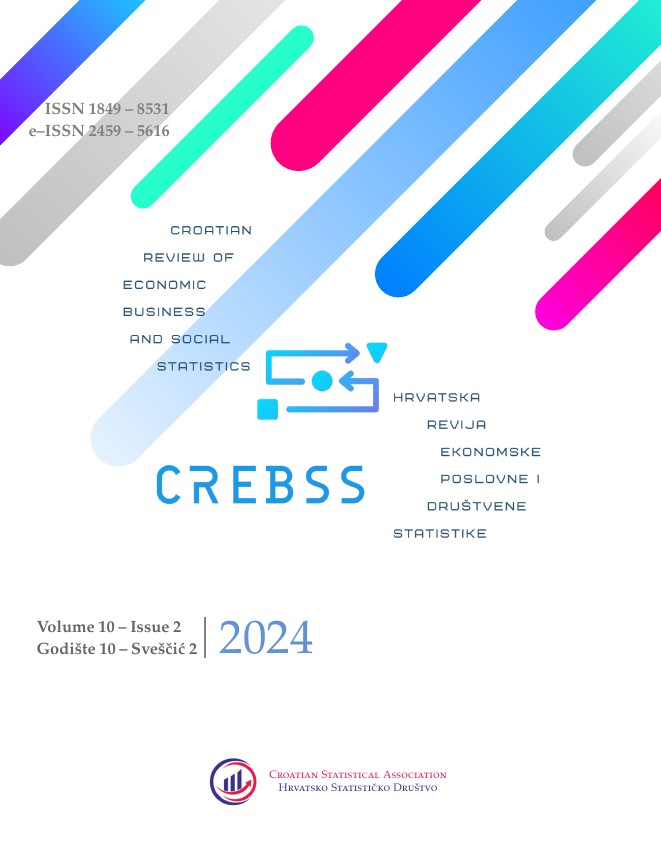Trends and drivers of housing affordability in the EU: Insights from panel data analysis
DOI:
https://doi.org/10.62366/crebss.2024.2.004Keywords:
EU members, housing affordability, housing costs, panel dataAbstract
Housing affordability is a crucial issue that affects both individual and societal well-being. Affordable housing ensures that households can meet their basic living needs without experiencing undue financial stress. It influences labor mobility, consumer spending, economic growth, and resilience. Typically, housing affordability is measured by the proportion of household income spent on housing costs, including rent or mortgage payments, utilities, and maintenance. However, no single metric is universally accepted (cost-to-income ratio, residual income approach or subjective measures assessing households' perceptions of their housing affordability). These diverse indicators reflect the complexity of housing affordability and highlight the need for comprehensive analysis using multiple metrics, which is the purpose of this paper. Panel analysis of the socio-economic and demographic demand and supply drivers of housing affordability is essential for developing effective policies that ensure all citizens have access to adequate and affordable housing, as many European Union countries have faced a housing affordability crisis characterized by rising housing prices, housing costs and insufficient housing units supply.
Downloads
Published
How to Cite
Issue
Section
License
Copyright (c) 2024 retained by the author(s)

This work is licensed under a Creative Commons Attribution-NonCommercial-NoDerivatives 4.0 International License.

